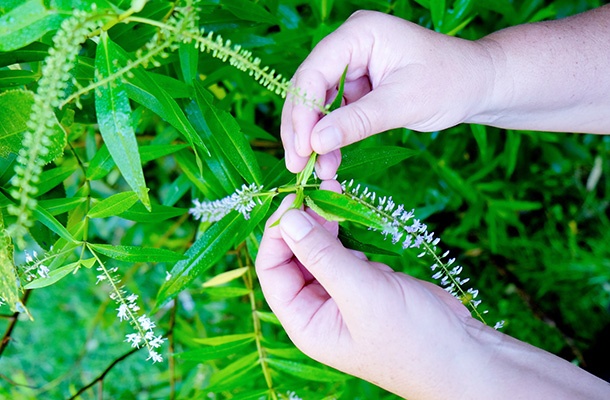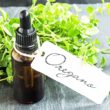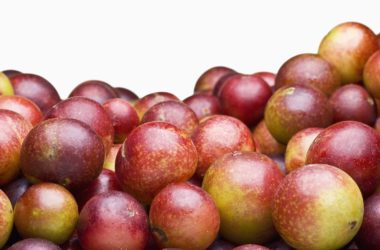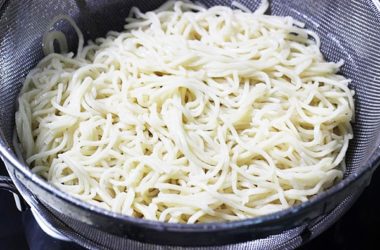The Maoris from New Zealand have been using herbs as part of their traditional medicine. These plants that the locals cared for are still being utilized today. With the increasing knowledge that modern medicine still has its limitations, people are now considering using traditional remedies to combat their ailments. Thanks to the geography of New Zealand, a diverse flora has grown that is now being used by the Maoris as rongoa or medicinal plants. What are these herbs that are still being used today? Here are a few that you should know of.
Koromiko
The Hebe family, which koromiko is a part of, is quite large and is often seen in many gardens not just in New Zealand but around the world too. Although most of the hebe family do not contain any medicinal properties, but are still raised because of the patterns of the leaves, there are some that can be used as astringent and anti-microbial treatments. You can use this plant to treat any wound that is oozy, weepy, or even infected regardless of whether it is internally or externally.
Kawakawa
Another type of plant that the Maoris used for their natural treatments is kawakawa. The bark as well as the leaves of this plant is often used to banishing stomach pains as well as for disinfecting wounds. It is also used as part of steam baths where the leaves were placed on the hot stones. Water is then poured all over the stones to create steam with the patient sitting on top of it. This helps detoxify the body from any impurities that it may have stored inside.
Poroporo
This plant is often used by the Maoris to fight off infection as well as inflammation which is useful for several health problems. However, this natural remedy is only used as topical treatment and must not be ingested.
Harakeke
Also referred to as flax, the roots or the leaves of this plant are transformed into a pulp which is then heated before applying on any skin infections. Another way to use harakeke is to use the hard part of the leaf of the plant as a splint to mend any broken bones. The flax fiber, on the other hand, can be used to sewing any deep cut.
Manuka
This is probably the most popular plant in New Zealand because it is often used in Manuka honey. The manuka essential oil is almost the same as that of the Australian tea tree oil because of its antiseptic properties. The oil contains anti-microbial, anti-inflammatory, and antifungal plus it is not that irritating on the skin when used. The oil from the manuka tree can actually help boost skin healing.













